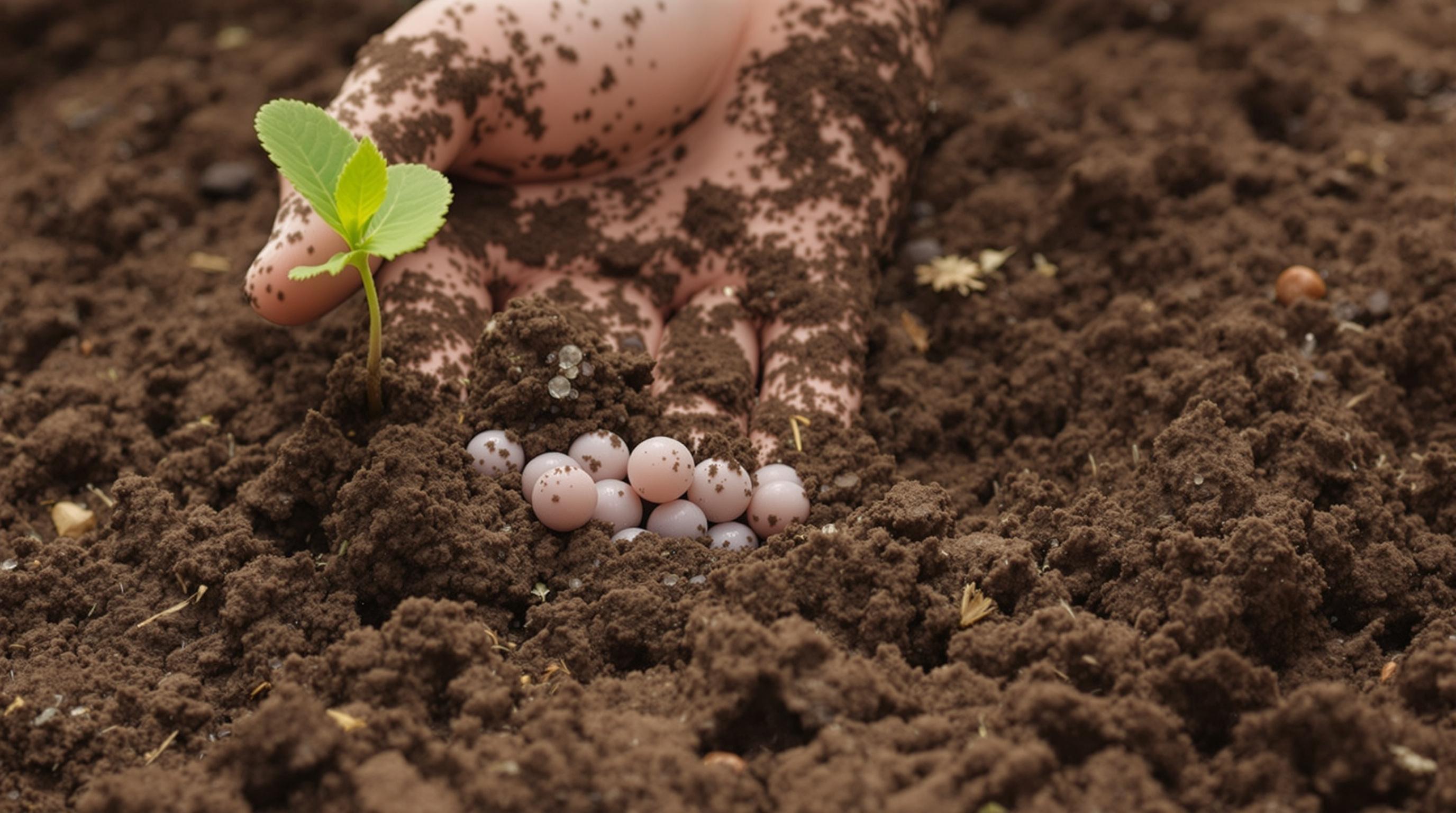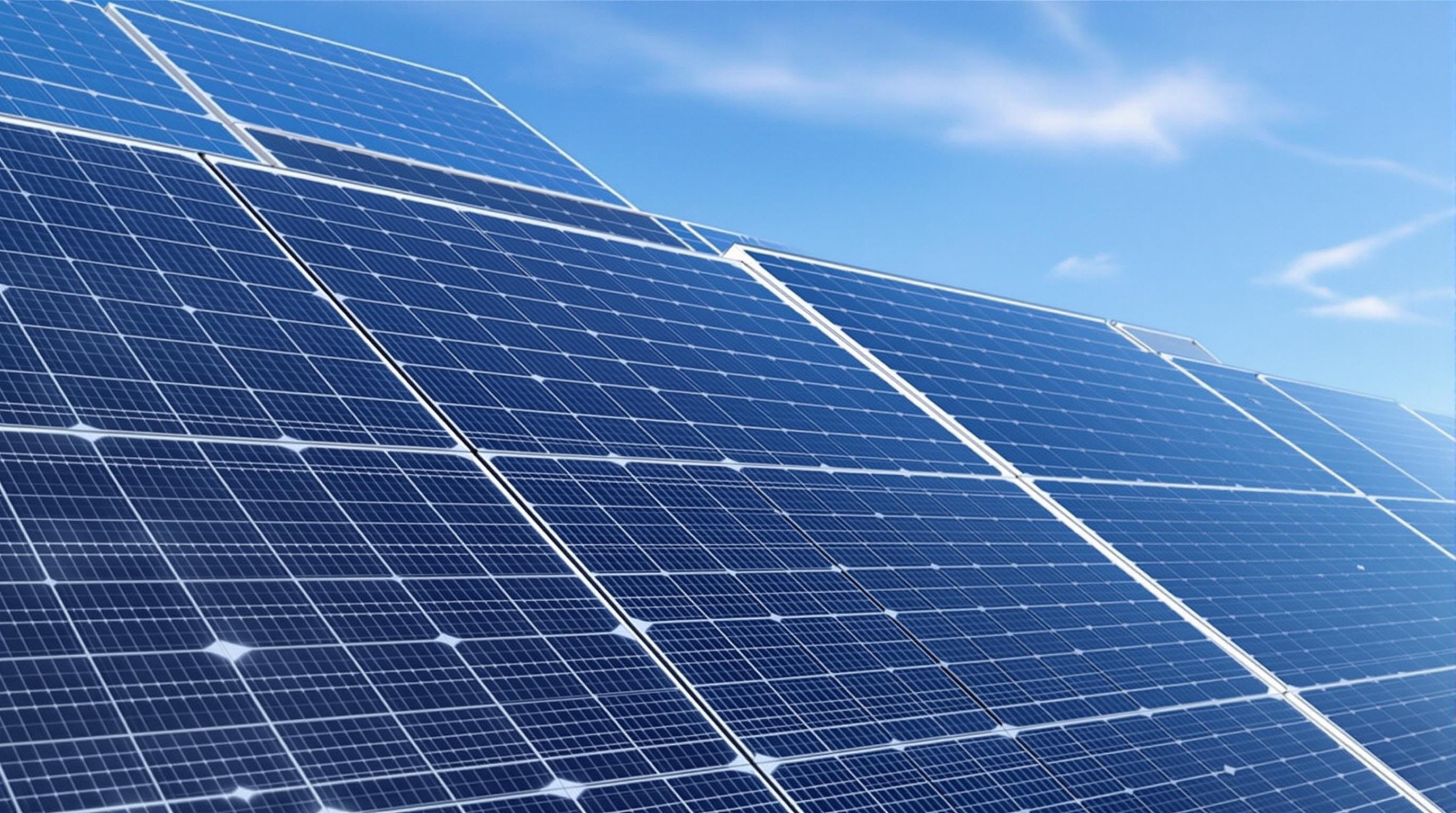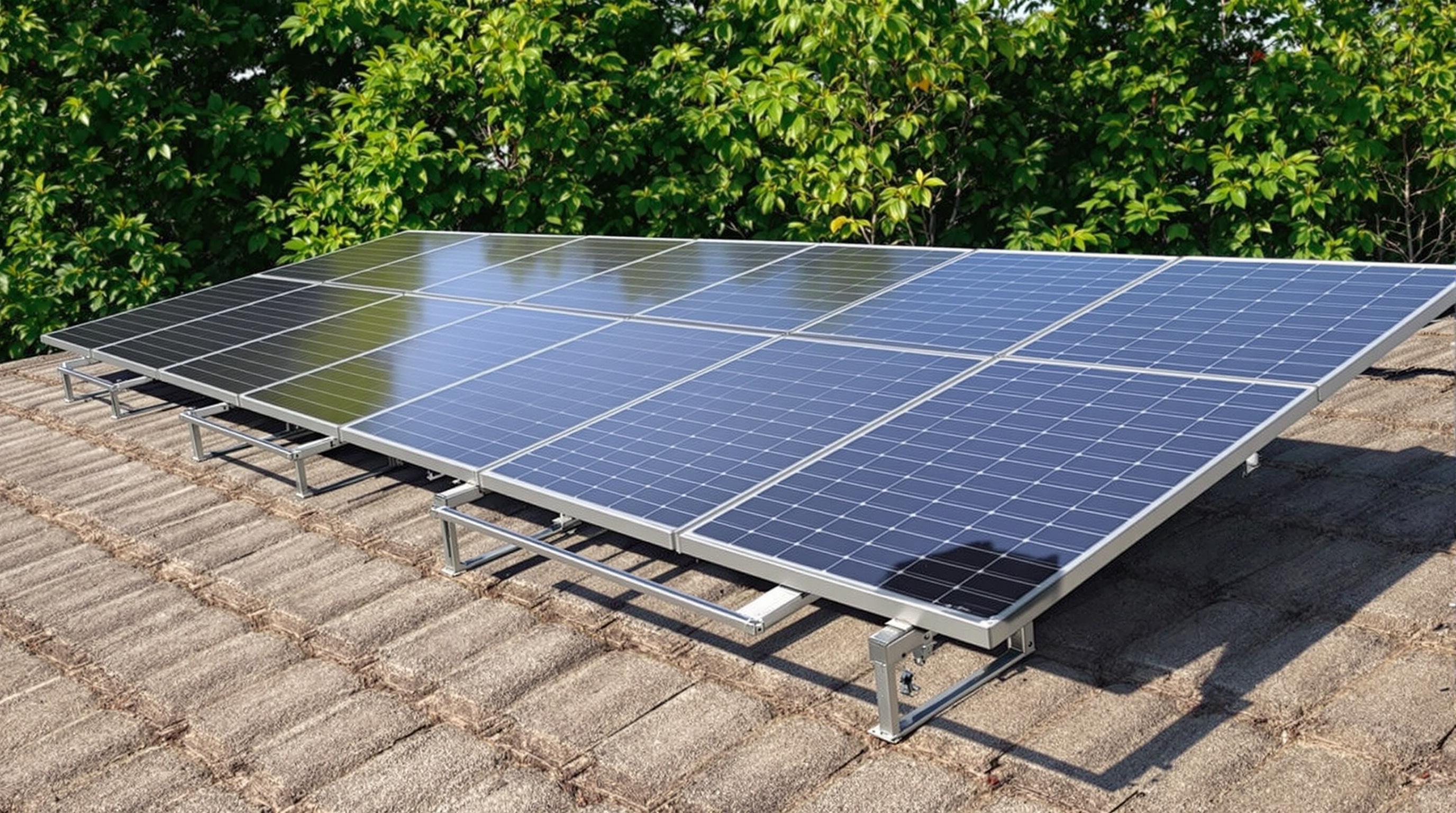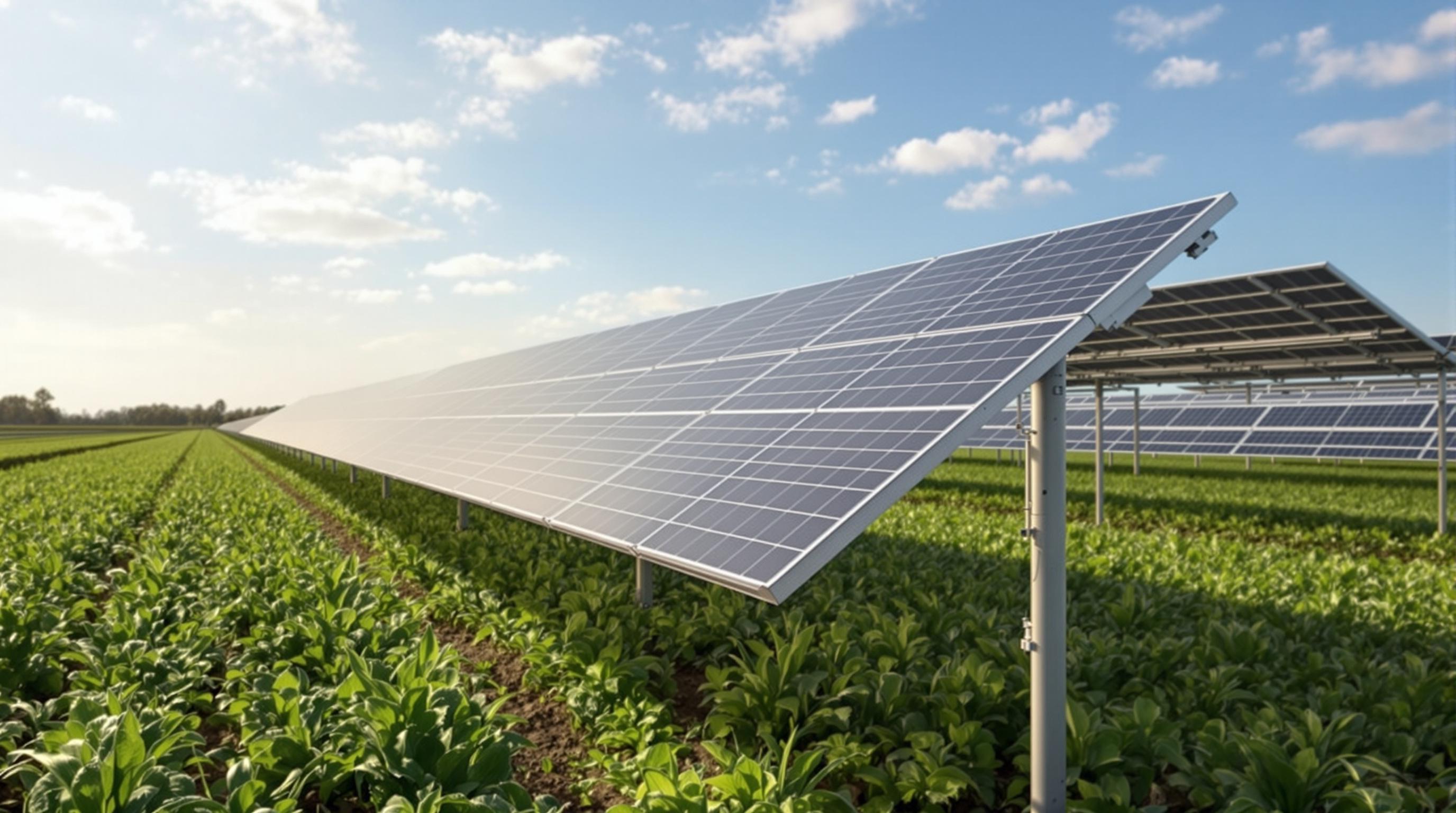Related Articles
- When Solar Meets Survival: How Remote Communities Forge Resilience Beyond Conventional Energy Networks
- Top 6 Solar Panel Warranty Plans from 2019-2024 That Actually Protect Your Investment Better Than the Rest
- Unlocking Community Power: Unseen Financial Models Transforming Renewable Energy Access in Rural Areas
- Unearthing the Shadow Market: How Forgotten Solar Tech Affects Modern Energy Futures
- Unlocking Soil Secrets: How Earth’s Microbes Influence Solar Panel Efficiency in Unseen Ways
- 7 Game-Changing SolarRoof Mounting Solutions From the Last Five Years You Haven’t Heard About
Unlocking Soil Secrets: How Earth’s Microbes Influence Solar Panel Efficiency in Unseen Ways
Unlocking Soil Secrets: How Earth’s Microbes Influence Solar Panel Efficiency in Unseen Ways
Emerging research reveals that soil microbes play a surprisingly pivotal role in the efficiency of solar panels by influencing the ground beneath them. By unlocking these underground secrets, we can improve sustainable energy systems far beyond what surface technology alone can achieve.
The Hidden World Beneath Solar Farms
Imagine you're standing on a vast solar farm, panels gleaming under the sun. Beneath your feet, a bustling community of microorganisms—bacteria, fungi, and archaea—perform silent work that could affect how much energy these panels generate. These tiny life forms influence soil properties like moisture retention, mineral cycling, and even temperature regulation, factors that can indirectly impact solar panel efficiency.
A Surprising Symbiosis
Solar panel efficiency isn’t just about the technology installed above ground; the ecosystem beneath plays an unsung role. For instance, a 2021 study by researchers at the University of Arizona found that soil microbial activity contributes to soil cooling under photovoltaic panels, mitigating temperature-induced efficiency drops. Solar panels tend to heat up under direct sunlight, which can reduce their performance by up to 0.5% for every degree Celsius above optimal operating temperatures, according to the National Renewable Energy Laboratory (NREL). Microbial action cooling the soil beneath could alleviate some of this stress.
Soil Microbes: The Natural Soil Conditioners
Microbes drive nutrient cycling, decomposing organic matter and releasing essential nutrients that help maintain a healthy soil structure. Healthy soil structures improve water infiltration and retention, which in turn keeps the ground below the solar panels cooler during hot days. In desert environments, where many concentrated solar power systems operate, these moisture dynamics are crucial. According to a report published in "Environmental Science & Technology," desert soils with rich microbial communities had moisture retention rates up to 10% higher than those where microbes were disrupted.
Case Study: Solar Farms in Arid Regions
Take the example of the Noor Ouarzazate Solar Complex in Morocco—the world's largest concentrated solar power plant. The area’s researchers collaborated with soil ecologists to understand how native soil microbes might be leveraged to reduce dust accumulation on panels, which is a major culprit for efficiency loss. They found that microbial crusts, known as biological soil crusts or biocrusts, help stabilize the soil and reduce dust emissions by up to 50% during dry seasons.
Does Soil Care Belong in Solar Tech Conversations?
Absolutely! While it's tempting to fixate on photovoltaic cell advancements or panel coatings, neglecting what’s happening below means missing a crucial piece of the energy puzzle. Microbial populations can even influence soil pH and salinity levels, which affect panel anchoring systems and longevity. Some forward-thinking solar developers are now partnering with soil scientists to cultivate beneficial microbial communities on-site, enhancing both soil health and solar farm durability.
A Personal Reflection
At 67 years old, with decades spent as an environmental scientist turned blogger, I’ve witnessed technological solutions ignoring nature’s complexity many times. It’s refreshing to see the solar industry embracing an approach that respects and utilizes soil biology. After all, it reminds me of something my mentor used to say: “Technology may light the way, but nature sets the foundation.”
A Dash of Humor: Who Knew Dirt Could Boost Your Solar Power?
Let’s be honest—soil microbes don't usually make headlines unless you’re a hardcore microbiologist or a gardener obsessed with compost. Yet here they are, quietly playing a starring role in powering your laptop and phone via solar energy. Turns out, these little critters give a whole new meaning to “down-to-earth” renewable energy!
What This Means for the Future
By appreciating and managing soil microbial communities, solar energy projects can experience enhanced efficiency, longer panel lifespans, and reduced maintenance costs stemming from dust and heat damage. Some companies are exploring bioaugmentation—introducing beneficial microbes—to create micro-ecosystems that optimize soil conditions beneath solar arrays. Imagine solar farms not just as fields of high-tech panels but as living systems carefully balanced for maximum renewable output.
Statistical Insights
According to a 2023 survey by the International Renewable Energy Agency (IRENA), solar panel efficiency loss due to environmental factors (like soil-related heat retention and dust) ranges between 5-15%. Efficient microbial management could potentially recapture 2-4% of that lost energy—translating into millions of extra kWh generated annually on large-scale farms.
Practical Tips for Solar Farm Operators
Operators interested in harnessing the power of microbes can take simple steps: testing soil microbial diversity, minimizing disturbance to biocrusts during installation, and encouraging native vegetation that supports microbial health. Regular monitoring also helps detect shifts in soil chemistry that may affect panel infrastructure or energy output.
Putting It All Together
The future of solar energy isn’t just about shinier panels or futuristic batteries; it depends heavily on ecological balance beneath our feet. By unlocking soil secrets and embracing the crucial role of microbes, we can improve solar panel efficiency in ways we've barely begun to understand. The next breakthrough in renewable energy might just be a collaboration between the tiniest organisms in the dirt and the brightest solar innovations above.
References:
1. National Renewable Energy Laboratory (NREL). “Solar Panel Temperature and Efficiency.” 2022.
2. University of Arizona, Department of Soil Ecology. “Microbial Contribution to Soil Cooling under Photovoltaics.” 2021.
3. Environmental Science & Technology. “Desert Soil Microbial Communities and Moisture Retention.” 2023.
4. International Renewable Energy Agency (IRENA). “Environmental Factors Influencing Solar Panel Efficiency.” 2023.



